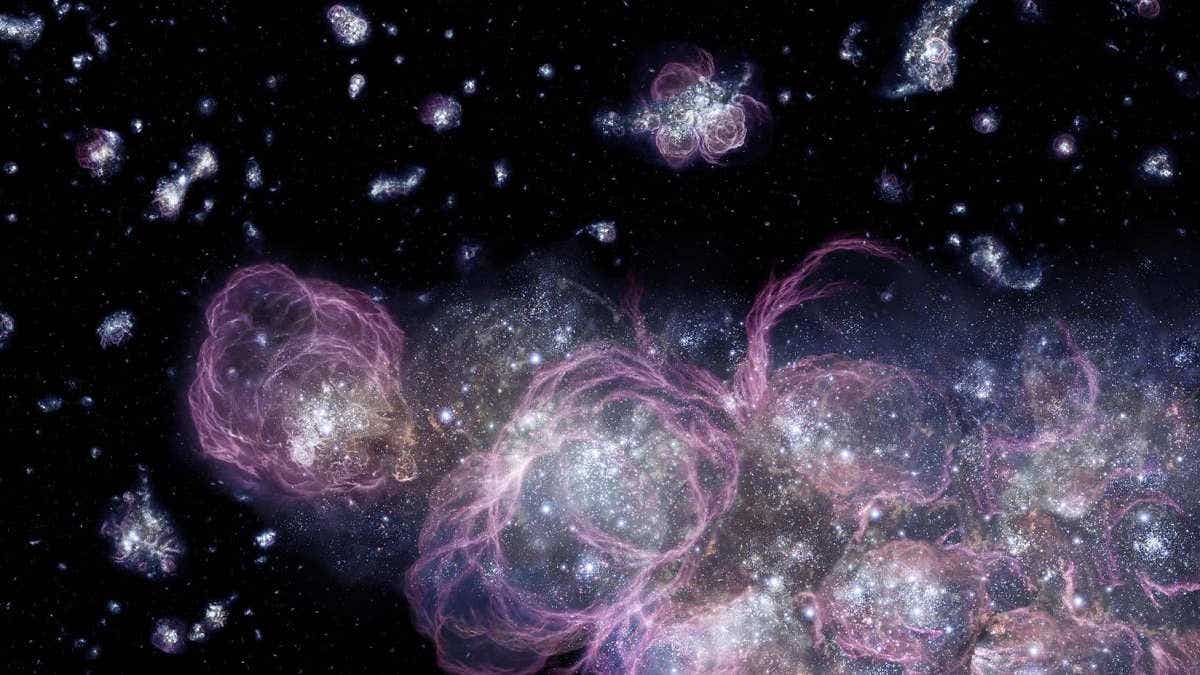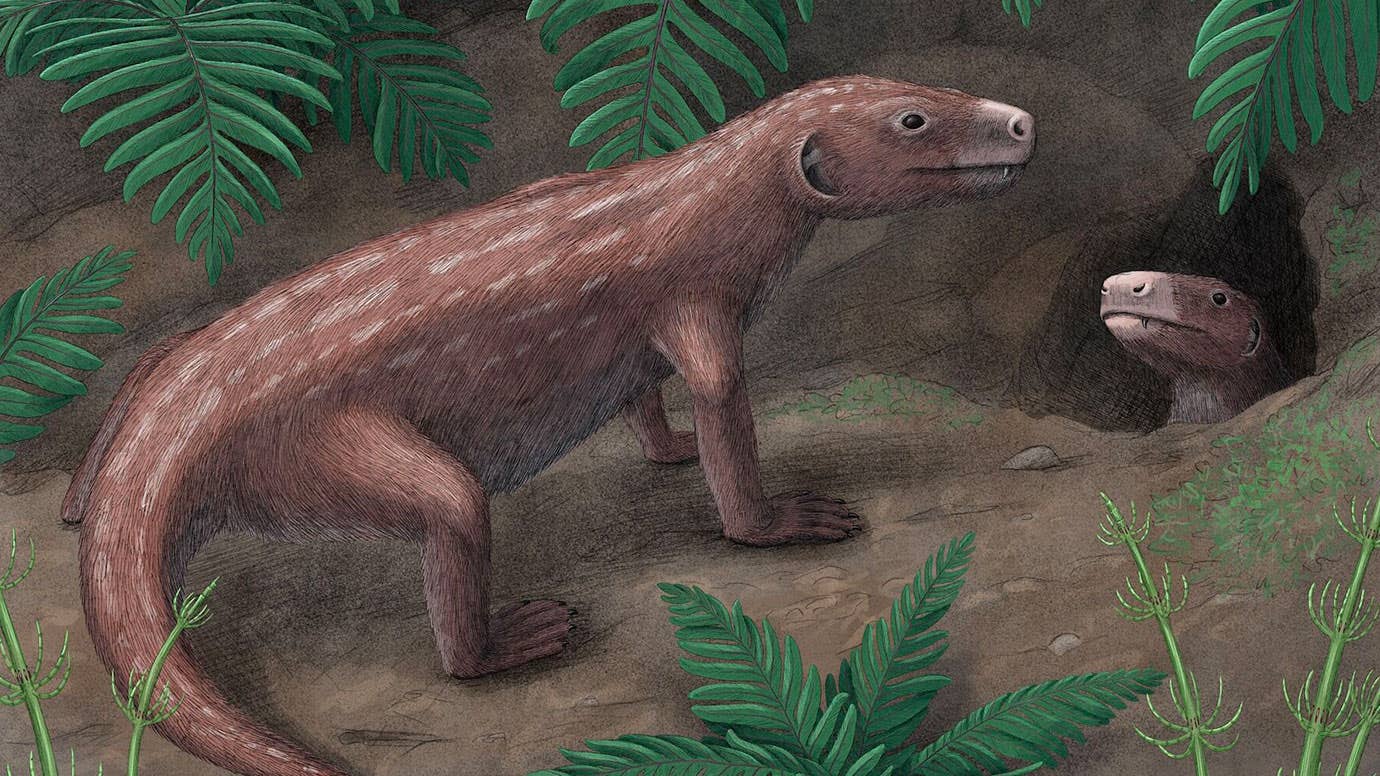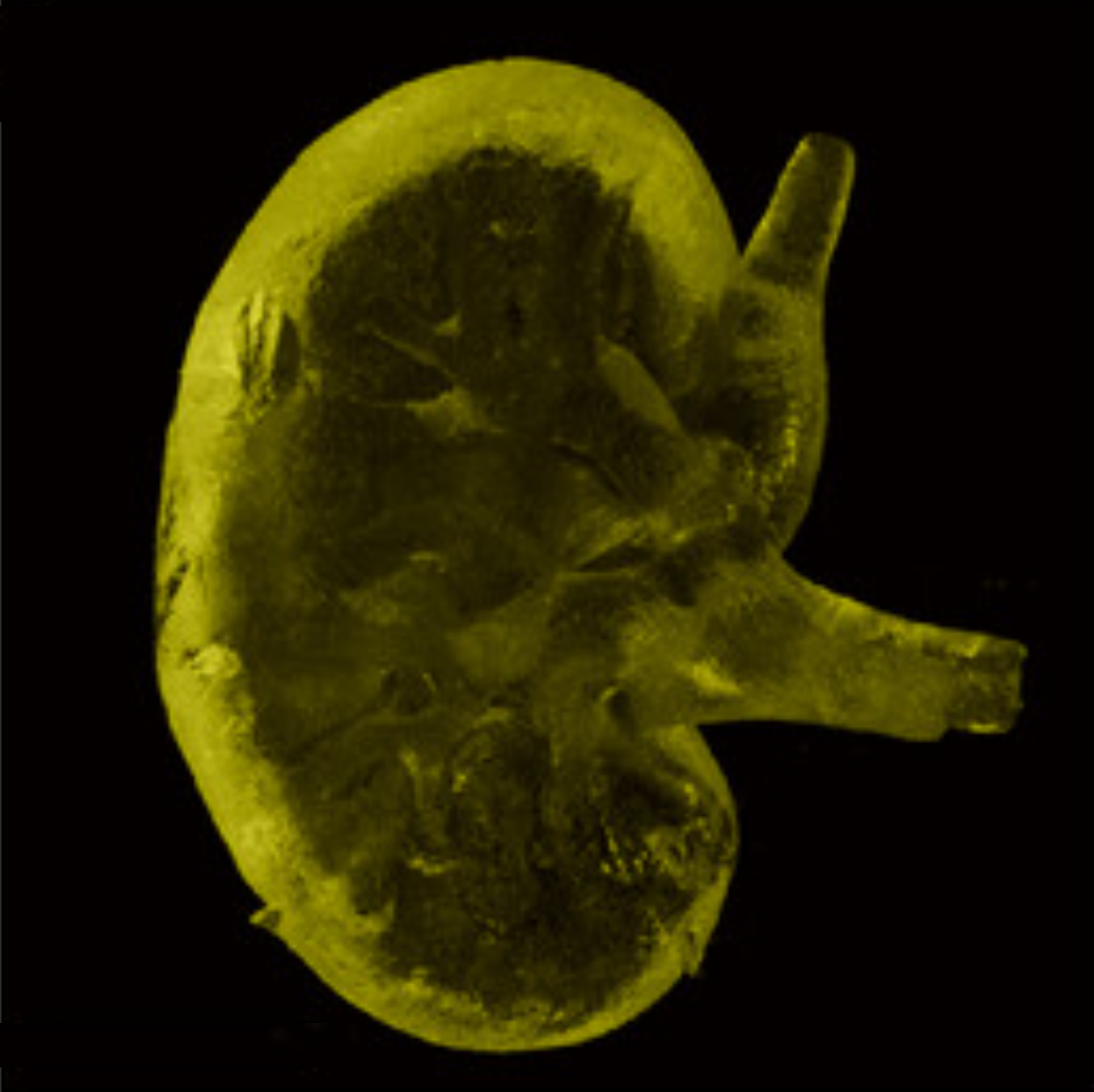New research finds the universe is twice as old as we previously thought
For decades, scientists have held that the universe is about 13.8 billion years old. That number now faces serious doubt.

New observations from the James Webb Space Telescope (JWST) suggest the cosmos may be much older than once believed. (CREDIT: NASA and K. Lanzetta)
New observations from the James Webb Space Telescope (JWST) suggest the cosmos may be much older than once believed. For decades, scientists have held that the universe is about 13.8 billion years old. That number now faces serious doubt, thanks to the telescope’s groundbreaking data.
The JWST wasn’t just designed for clearer images—it was built to peer deeper into time than ever before. Its precision and range allow it to detect light from the earliest galaxies, opening a window into the universe’s youth. And what it's seeing doesn’t match the script cosmologists have followed for years.
Some of the most puzzling finds have been dubbed “impossible early galaxies.” These ancient structures appear to have formed just 500 to 800 million years after the Big Bang. But that’s where the problem lies: they look far too developed for their supposed age.
These galaxies show features—such as disks and bulges—that, by current models, shouldn’t appear for billions of years. One scientist put it bluntly: “It’s akin to seeing a toddler with the wisdom of an octogenarian.” These galaxies seem to possess the complexity of much older systems, shaking the foundation of what we thought we knew.
Stranger still, smaller galaxies sometimes contain more mass than larger ones. This defies traditional understanding, where more mass is expected to accumulate in larger systems over time. The inconsistencies hint at gaps in our grasp of cosmic evolution.
Cracking the Mystery of Cosmic Redshift
To understand these surprising results, it helps to know how scientists measure distance in space. They rely on redshift, which refers to how light stretches as objects move away from us. The farther the galaxy, the more its light shifts toward the red end of the spectrum.
This redshift works much like the Doppler effect with sound. A siren seems higher in pitch as it approaches and lower as it moves away. In space, the same principle applies to light. The JWST measures this shift with unmatched precision, allowing scientists to glimpse the farthest and oldest parts of the cosmos—and perhaps, redefine its very age.
Related Stories
Historically, a hypothesis known as the 'tired light' theory suggested that light loses energy during its long cosmic journeys, leading to the redshift. However, as it failed to explain numerous observations, this theory was largely dismissed.
Expansion: The Key to the Universe's Age
The real game-changer in understanding redshift was the realization of the Doppler effect's role in it. Distinct galaxies moving away from us at velocities directly proportional to their distance hinted at a universe constantly expanding.
This understanding was solidified in 1964, when Arno Penzias and Robert Wilson of Bell Labs stumbled upon the cosmic microwave background radiation—a discovery that further discredited the 'steady-state' model and gave credence to the expanding universe theory.
The universe's age largely hinges on its rate of expansion. Data from the 1990s' Hubble Space Telescope launch saw estimates ranging from 7 billion to 20 billion years. It was only later that a consensus was reached, placing the age at 13.8 billion years.
Challenging the Status Quo
While previous studies have attempted to address the enigma of 'impossible galaxies' using the 'tired light' model, they've been largely unsuccessful, often falling short in explaining other cosmic phenomena like supernovae redshifts.
"I attempted to marry the conventional big-bang model with the tired light theory, hoping to account for both supernovae and JWST data. While this expanded our universe's age to 19.3 billion years, it couldn’t entirely account for the JWST data," says Rajendra Gupta from the University of Ottawa.
However, combining the tired light theory with an evolving cosmological model based on the evolving coupling constants (proposed by British physicist Paul Dirac in 1937) yielded better results. This new hybrid model both accounted for the JWST's observations and bumped the universe's age to a staggering 26.7 billion years.
Historical Context: A Meeting of Models
The technique of blending models isn't novel. Historically, light was thought to propagate as particles, as suggested by Sir Isaac Newton.
This theory persisted until the 19th century when the wave theory of light emerged, explaining diffraction patterns more effectively. Albert Einstein later revived the particle-like nature of light, revealing that light could demonstrate both particle and wave characteristics.
In another approach, estimating the universe's age involves analyzing the oldest stars in our galaxy’s globular clusters, assuming that all galaxies initiated formation simultaneously. Yet, some stars, like Methuselah, believed to be the galaxy's oldest, defy this with their computed age surpassing the universally accepted 13.8 billion years.
Reimagining the Universe
Although the Hubble Space Telescope had already hinted at the 'impossible early galaxy' conundrum, the JWST's launch in December 2021 fortified these claims.
Many in the astronomy community have tried to stick to the big-bang model, attempting explanations that condense timelines or posit rapid mass accrual in black holes. Yet, the tide seems to be shifting.
As the JWST data continues to challenge the cosmological status quo, the scientific community is leaning towards embracing new physics. While these findings have shaken foundational beliefs, they also promise a future where our understanding of the universe is deeper and more nuanced than ever before.
Key Characteristics of the Cosmic Dawn:
The cosmic dawn refers to the period in the early universe when the first stars and galaxies began to form and light up the cosmos. It marks a critical phase in the evolution of the universe, transitioning from the so-called Dark Ages—a time after the Big Bang when the universe was filled with a dense, opaque fog of neutral hydrogen and helium gas, and there were no sources of light.
Time Period:
- The cosmic dawn occurred roughly 100 million to 1 billion years after the Big Bang.
- It corresponds to redshifts of z ~ 20 to 10.
First Stars and Galaxies:
- The earliest stars, called Population III stars, were massive, short-lived, and composed almost entirely of hydrogen and helium.
- These stars began producing the first light (starlight) and elements heavier than helium through nucleosynthesis.
Reionization Era:
- Radiation from these early stars and galaxies began ionizing the surrounding neutral hydrogen, marking the onset of cosmic reionization.
- This process gradually cleared the fog of neutral gas, allowing ultraviolet light to travel freely and making the universe transparent to light.
Observation Techniques:
- 21-centimeter radio waves from neutral hydrogen during this era provide crucial information about the cosmic dawn.
- Advanced telescopes, like the James Webb Space Telescope (JWST) and LOFAR (Low-Frequency Array), aim to study this period by observing distant galaxies and the cosmic microwave background.
Significance:
- The cosmic dawn set the stage for the large-scale structure of the universe.
- Understanding this era helps scientists uncover how the first cosmic structures formed, including galaxies, black holes, and clusters.
Studying the cosmic dawn offers insight into the universe’s early history and the processes that shaped its evolution into the rich, complex cosmos we see today.
Note: Materials provided above by The Brighter Side of News. Content may be edited for style and length.
Like these kind of feel good stories? Get The Brighter Side of News' newsletter.



